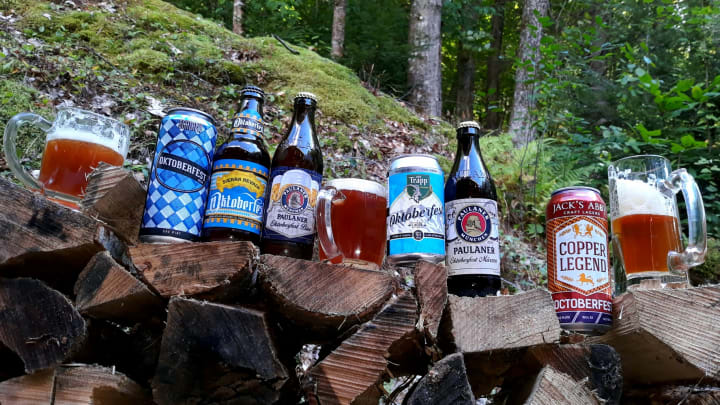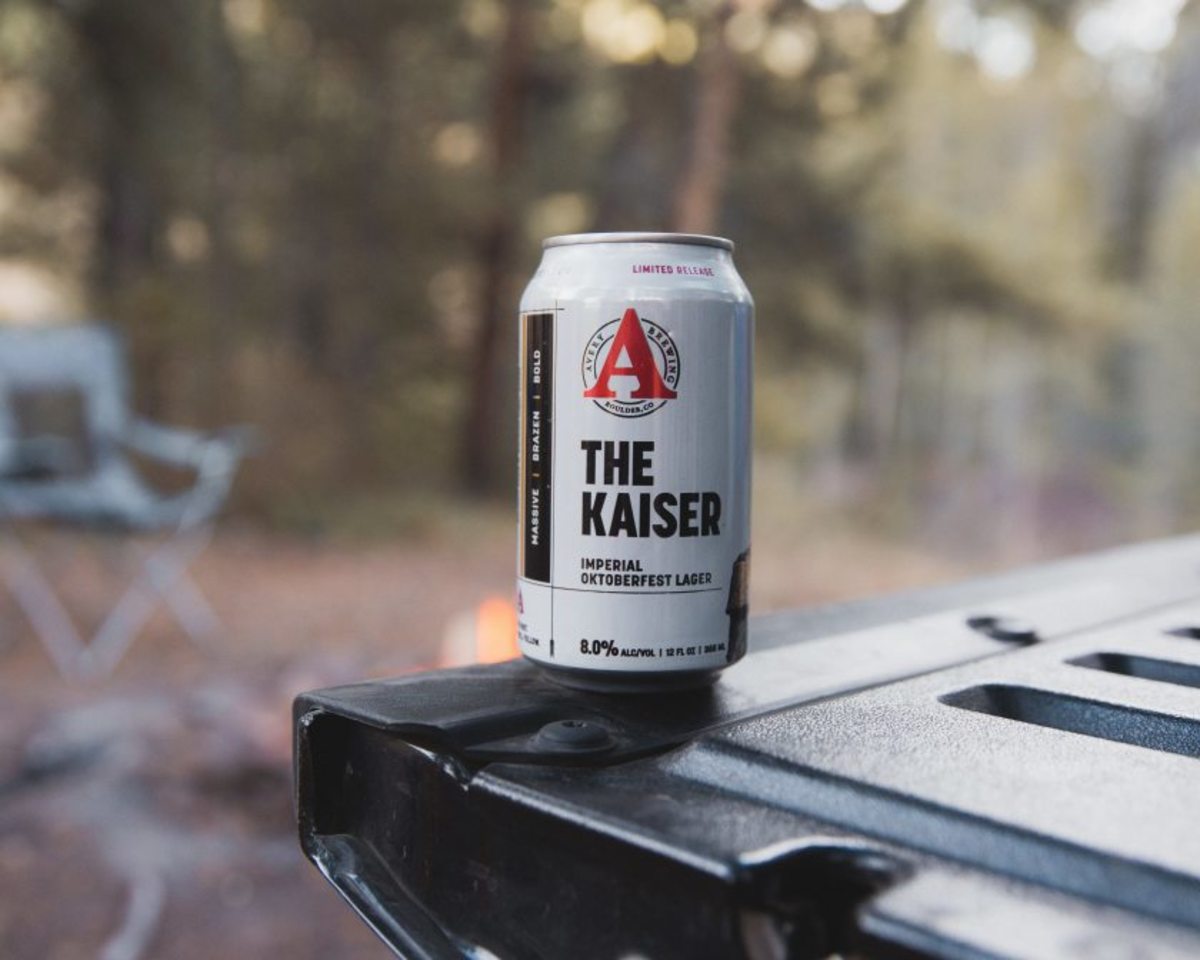Oktoberfest: Supply your own oompah

In Munich, the official Oktoberfest celebration always ends on the first Sunday in October. But since it runs for two weeks, it’s really more of a Septemberfest.
Had the 2020 festival not been canceled due to COVID-19, the first barrel of beer would have been tapped on Sept. 19. Some six to seven million visitors would have washed down rivers of beer and scarfed down mountains of sausage before the festival staggered to a close on Oct. 4.
Here in North America we tend to put the October in Oktoberfest, happily drinking Oktoberfest beers all month long. And why not, particularly this year, when we’re on our celebratory own? Wearing of lederhosen is decidedly optional.

Oktoberfest revelers may dimly recall that the origin of the party dates back to 1810, a celebration of the marriage of Crown Prince Ludwig I and Princess Therese. Indeed, the 100-acre fairgrounds in Munich is informally known as the Theresienwiese.
As for Oktoberfest and the beer, things get a little complicated, but we’ll figure it out before you empty your first tankard. In 1810, the wedding guests were likely drinking a Dunkel, a dark lager beer. By the 1870s that had evolved into an amber style known as Märzen, meaning March, since that’s when they were brewed, then cold-stored (lagered) until the fall.
But in recent years the style of beer served at Oktoberfest evolved again into a lighter style known as Fest Beer. Lighter in color, that is — the beers still tend to run upwards of 6 percent ABV (alcohol by volume), so they can become festive fairly quickly.
Here in the United States we’re mostly drinking the original Märzen style of Oktoberfest, an amber to mahogany lager beer that leans to the malty sweet rather than hoppy side of beer characteristics, which makes it a nice contrast to the current market flood of wildly hoppy IPAs.
So we decided to fill a six-pack of representative beers for the season that are regionally or nationally available, with a bonus seventh courtesy of Paulaner of Munich, one of the six German breweries actually permitted to serve within the Oktoberfest grounds.
Paulaner Oktoberfest | Bier (6% ABV) /Märzen (5.8%): Both are available throughout the U.S. The former is the same golden lager served in the Paulaner Oktoberfest tents, only available while the once-a-year brew supply lasts. The Märzen, while based on the old style Oktoberfest beer, is now brewed specifically for the U.S. Even better, it’s available here year-round.

The color between the two is clearly evident, a glistening gold and a ruddy copper, and the flavors correspond: the Oktoberfest Bier has a mellow, but sophisticated, appeal with a light hop fragrance and crispness. The Märzen has a more pronounced malt profile with a distinct caramel note. You can’t go wrong with either. Germany knows how to make lagers.
Saint Louis Brewery (Schlafly Beer) | Oktoberfest (5.5%):Our Midwestern pick radiates to 15 states and Washington, D.C. from Saint Louis Brewery — or better known as Schlafly Beer — Missouri’s largest locally owned, independent craft brewery. Several members of the brewing team traveled to Germany a few years back to meet the farming producers of German hops used in the beer — and raise a few liters at the Oktoberfest celebration. The resultant brew is a traditional amber Märzen made with Munich malt and German hops, nicely balanced with its mild sweet and toasty notes.
Jack’s Abby Craft Lagers | Copper Legend Octoberfest(5.7%): Jack's Abby Craft Lagers is an all-lager brewery run by three Hendler brothers in Framingham, Mass. They didn’t misspell abbey as head brewer Jack Hendler is married to Abby and, well, there you have it. You can have the Copper Legend through October. They’ve stamped it as a Fest Bier on the can, but it strikes me more as a classic Märzen with its copper color, toasty malt palate and floral hop notes, albeit with some Massachusetts wheat in the grain bill.
von Trapp | Oktoberfest (5.6%): There’s more than cross-country skiing at the Trapp Family Lodge in Stowe, Vt. An eye-opening all-lager brewery was installed by the von Trapps (yes, those von Trapps) in 2010, and they’ve been extending distribution beyond New England ever since, as well as opening a Bierhall and Biergarten. As the brand’s tagline puts it, “A little of Austria, a lot of Vermont.” It is certainly doing lagers right, and this light copper Märzen has a muted but toasty malt nose and a light caramel flavor that is all nicely crisp on the palate.
Sierra Nevada | Oktoberfest (6%): Depending upon where you live, this will either be a west coast brew from the now-venerable Sierra Nevada Brewery’s mothership in Chico, Calif., or a southern brew from the company’s second brewery in Mills River, N.C. In recent years, Sierra Nevada has been collaborating with German brewers to annually reinterpret the Oktoberfest style, but obviously they were on their own this year. No worries. This hearty Fest-style brew is a winner, copper in color with a rich malt nose, a bready mouthfeel and a distinct spice hop note. Just about perfect.

Avery Brewing Co. | The Kaiser(8%): This lid-lifter is a seasonal outlier from Boulder, Colo.-based Avery Brewing Co. in that it takes a traditional Märzen and turns the volume up to 11. Well, actually 8 percent ABV, to a so-called “Imperial” level. Distributed to 40 states, this one is darker, maltier, boozier than the rest, and may have you confidently excavating your tuba from the back of the closet. Just remember, lederhosen decidedly optional.
Sign up to receive the Morning Read newsletter, along with Where To Golf Next and The Equipment Insider.
